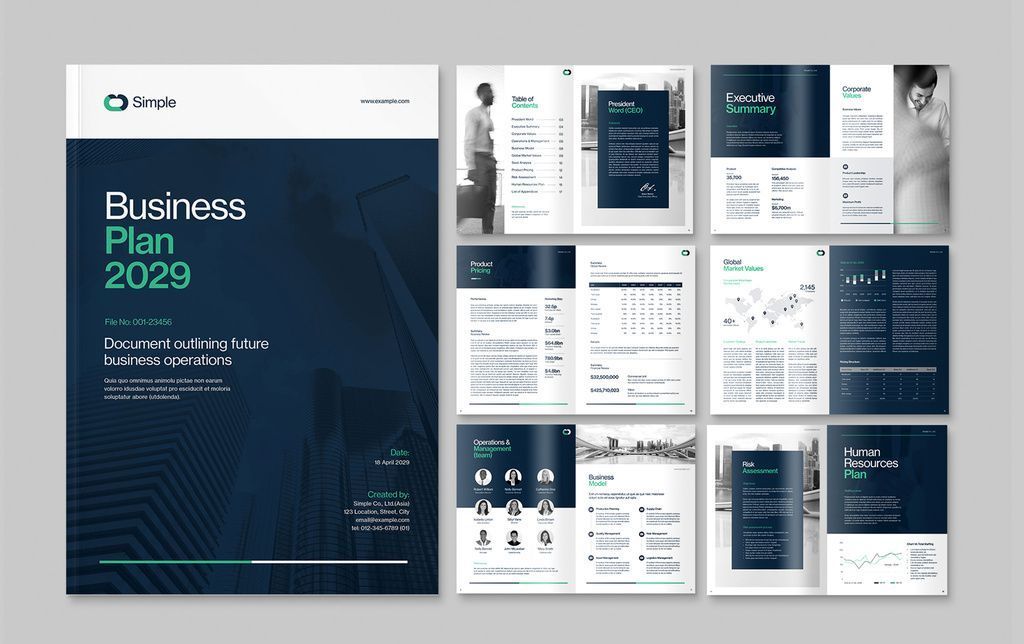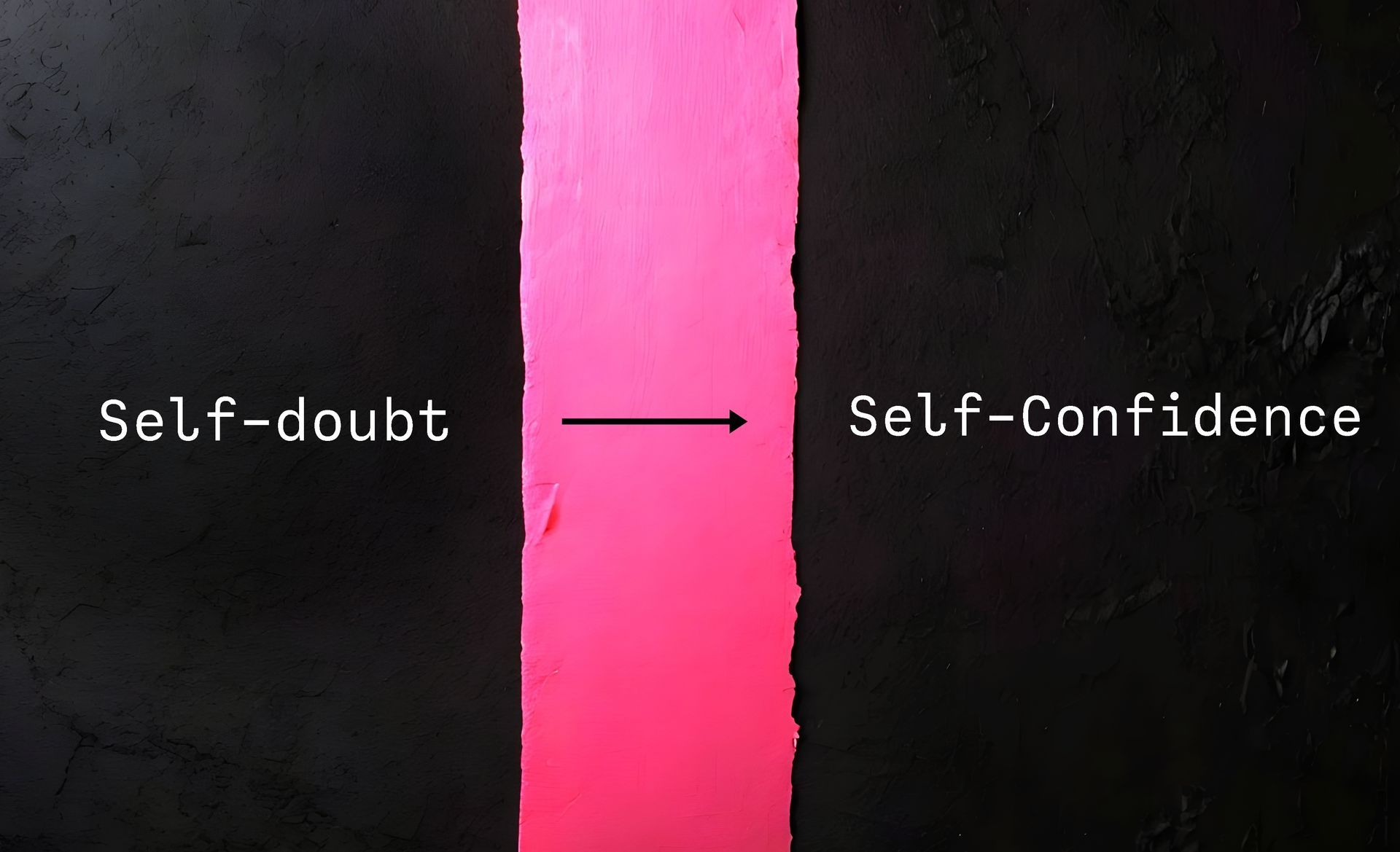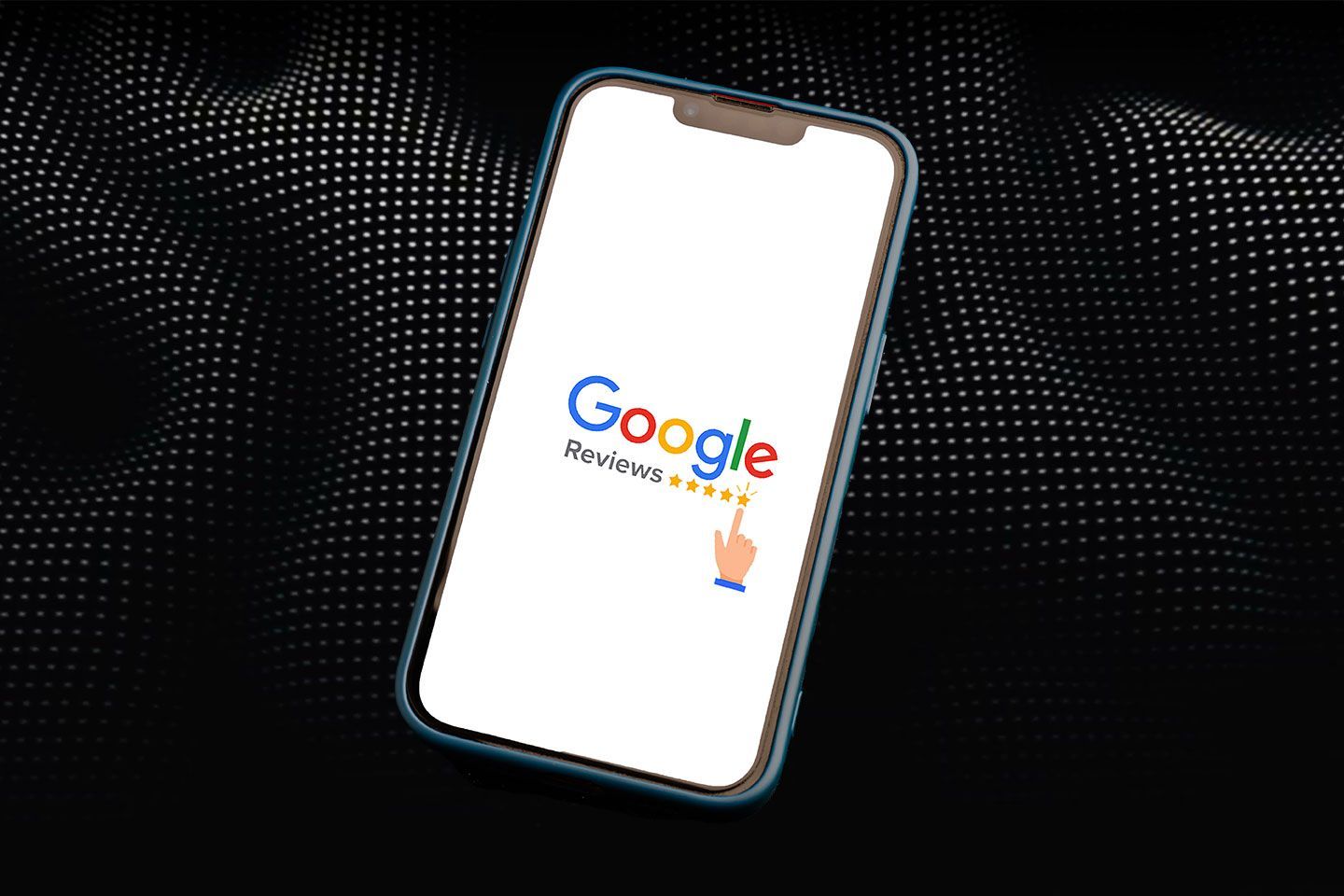Small Business Marketing:
Where to Start
Marketing is always on your mind as a small business owner. A successful marketing strategy starts with a strong online presence. If you’re new to navigating the world of marketing, it’s easy to feel overwhelmed with where to start.
Whether you’re a brand new business or investing in marketing for the first time, it’s never too late to start scaling your business through the power of digital marketing.
At Design Fox, we’ve
worked with small businesses across Sydney to help them find their voice online. Branding and
website design are at the heart of any marketing strategy. Our team is sharing their advice on how to get started with small business marketing and how to create your marketing strategy.

What is Small Business Marketing?
Small business marketing isn’t a cookie-cutter approach to marketing. It’s a combination of strategies, backed with strong analytics, that helps to get your small business in front of your target audience.
You make marketing decisions every day, from how you distribute your product to how you price your services. Everything you do to drive sales is a marketing decision.
A marketing strategy gives you a framework and structure to follow when making these marketing decisions.
5 Small Business Marketing Strategies
The purpose of marketing is to boost brand awareness and drive lead generation, converting your target audience into sales and long-term customers. Getting your message out as a small business isn’t easy. You’re often working with a small budget and limited resources.
A brand agency can give you a solid foundation to scale your digital marketing by investing in web design, graphic design, and branding to incorporate throughout your marketing strategy.
Here are five marketing strategies every small business should follow:
1. Creating a functional website that aligns with your branding
The internet is a busy place. Developing a high-quality website enables you to carve out a piece of the internet as your own. Whether you develop a full website or use a landing page design, your website is a catch-all for your digital marketing. Everything you do online should be built around your website.
It’s important to choose a strong website design that incorporates best practices, such as easy navigation, brand alignment, and a responsive design. Your website should feel interconnected with the rest of your digital footprint.
Read more in our ‘What to Consider When Choosing Your Brand’s Website Design’ guide.
2. Manage your online reviews
Customer testimonials and reviews set your business apart and establish trust, especially when you’re new to the market. Always interact with positive reviews and incorporate them throughout your digital marketing, from integrating them into your website to spotlighting them on social media. Prompt customers to leave online reviews through email notifications or social media posts.
3. Grow your social media presence
Small business owners often feel overwhelmed by social media. You want to be on every platform where your audience is. Running a TikTok, Instagram, and Facebook account may feel challenging, but developing a content calendar and strategy can make it easy to create high-quality content consistently. Social media helps to solidify your brand and build a following, even if you’re repurposing content across multiple platforms.
4.Automate your email campaigns
Email is one of the most overlooked marketing tools by small businesses. Automating your website campaigns enables you to engage with customers at different stages of your marketing funnel without having to manually hit ‘send’. Your website design and social media content should include strong calls to action (CTAs) that prompt users to opt-in for emails through online forms or when purchasing from your website.
5. Leverage short-form video content
We live in the era of short-form video. Static content isn’t enough to keep your small business relevant online. Think of your content as being ‘snackable’. It should be long enough to keep them engaged without feeling like they’re mentally engaging with the content.
Select platforms, such as YouTube, are where you want to keep your longer-form content. Facebook, Instagram, and TikTok are all about short-form videos. Research shows that videos under 90 seconds have a 50% retention rate, far beyond that of long-form videos. Focus on short and shareable video content that connects with your audience.

Creating a Small Business Marketing Plan
It’s time to buckle in and start developing a marketing plan for your small business. Having a marketing strategy gives you a structure and framework to develop your online presence and scale your business.
Here is a simple 7-step marketing plan you can apply to any product or service:
1. Find your niche in the market. What’s your USP?
2. Why is it relevant to your customers or audience?
3. What are the objectives of your campaign?
4. Set your budget and define key performance indicators (KPIs).
5. Choose your marketing tactics, i.e. short-form video, blog posts, or paid advertising.
6. Decide a date to launch your campaign and build your content calendar accordingly.
7. Track key performance metrics and adjust your content accordingly.
Getting started with your marketing strategy can feel complicated, here are three proactive steps you can take to streamline your content.
1. Determine your USP
Every business has a unique selling point. It’s what sets you apart from your competitors and is the cornerstone of your marketing. Setting your USP gives you a foundation for all your marketing materials.
2. Track your digital marketing results
Every goal you set for your marketing strategy should have SMART objectives with measurable metrics. Monitoring the performance of your marketing campaign – including your customer’s response to it – allows you to adapt and make changes to optimize results.
3. Ask for client testimonials and reviews
Don’t be afraid to ask for a review. Having customer testimonials and reviews builds trust and gives your marketing campaigns credibility. Use in-person and virtual interactions as an opportunity to ask for client testimonials and reviews with strong CTAs in order confirmation emails, social media content, and on your website.
Our hassle-free and affordable small business marketing packages make branding a breeze without breaking the bank. Ready to jumpstart your business? Contact Sydney’s best web design and development company today.











